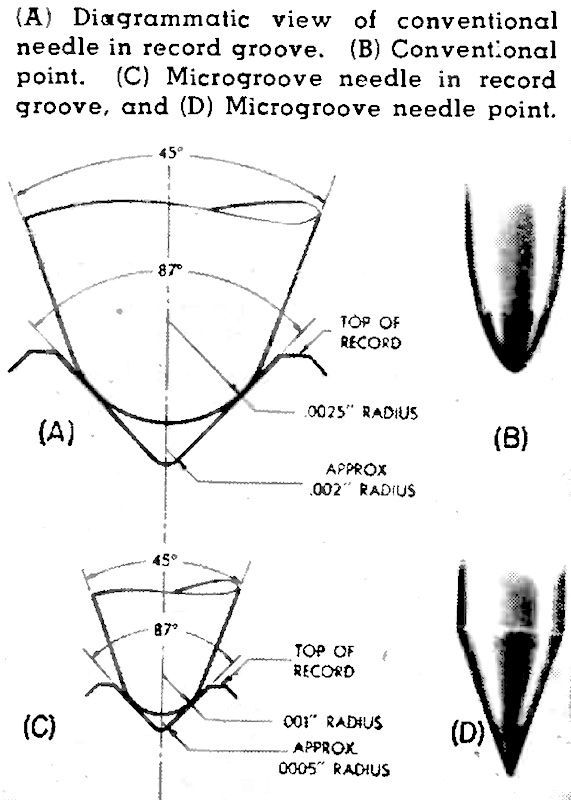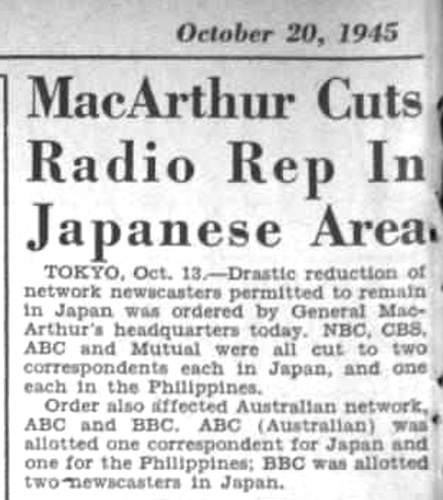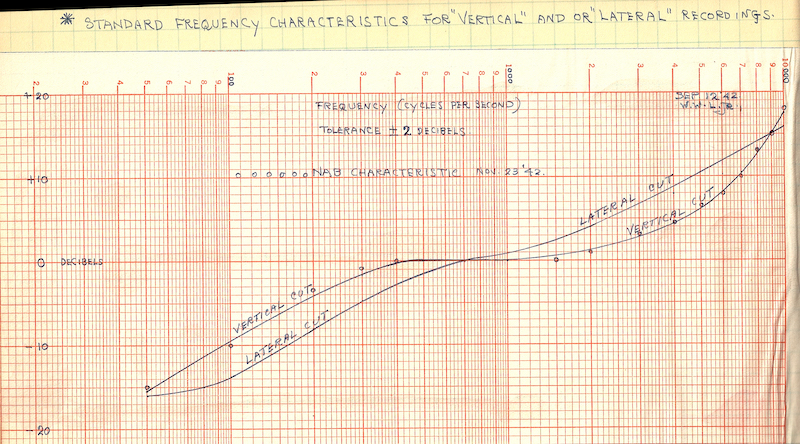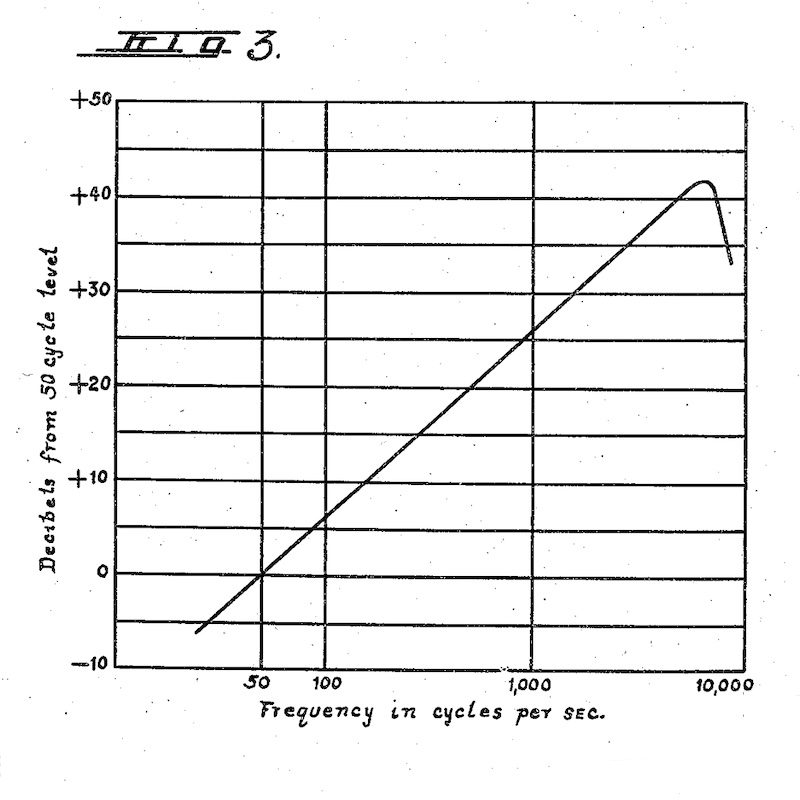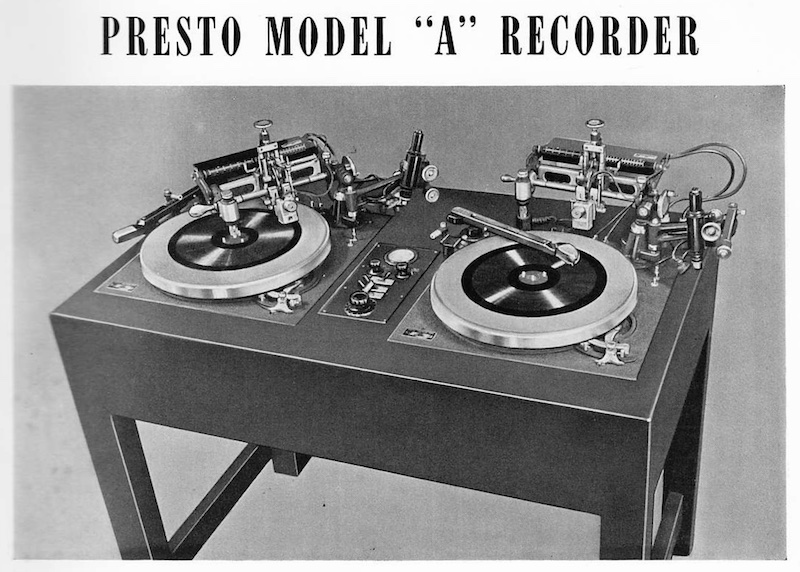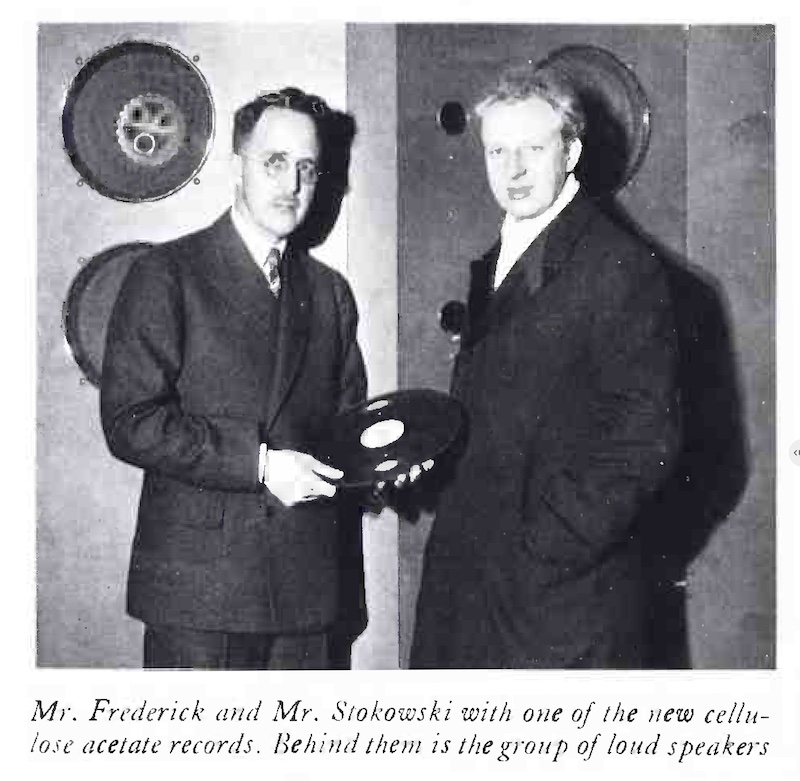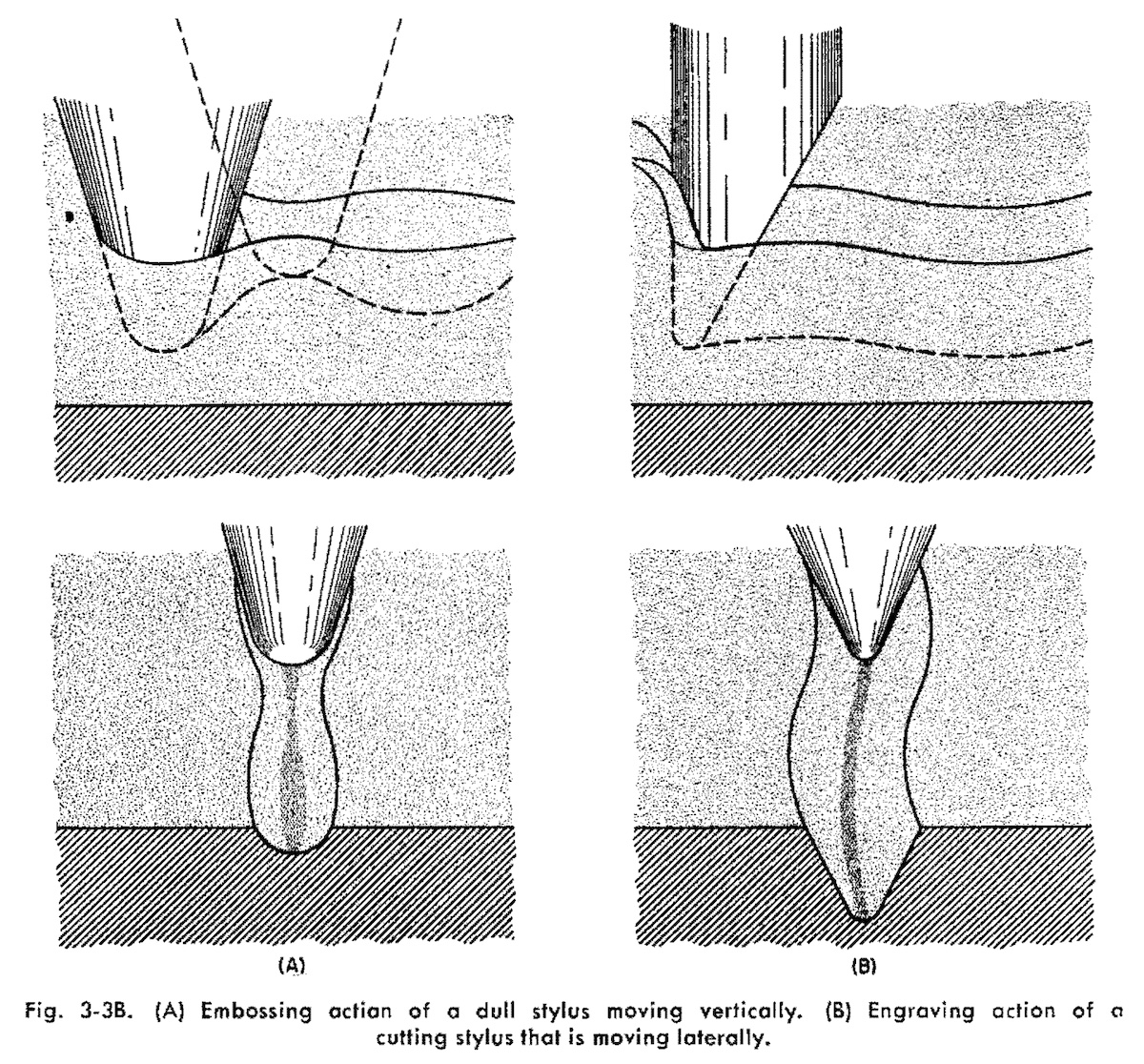Things I learned on Phono EQ curves, Pt.13
EQカーブの歴史、ディスク録音の歴史を学ぶ本シリーズ。前回 Pt.12 では、Columbia Long Playing Microgroove レコードにまつわる関係者インタビューなど追加情報、および、LP開発の基盤となった技術面、そして当時の(放送局用)再生機器の補正回路などをみてきました。
On the previous part 12, I studied more on the history of the Columbia Long Playing Microgroove Records, by reading additional interviews with CBS/Columbia’s executives and engineers; technical aspects of the microgroove technology; and compensating circuits for professional broadcast reproducing equipment.
今回の Pt.13 はその続きで、Columbia LP 登場の約半年後にライバル RCA Victor から登場した 45回転マイクログルーヴ盤のエピソードと技術的側面を、当時の技術論文や技術解説記事から読み解いていくことにします。
This time as Pt.13, I am going to continue learning the history of disc recording — the advent of 45 rpm microgroove records by RCA Victor — introduced about half a year after Columbia unveiled LP records, as well as the technical aspects of RCA Victor’s new system, by reading and interpreting the technical papers and articles at that time.
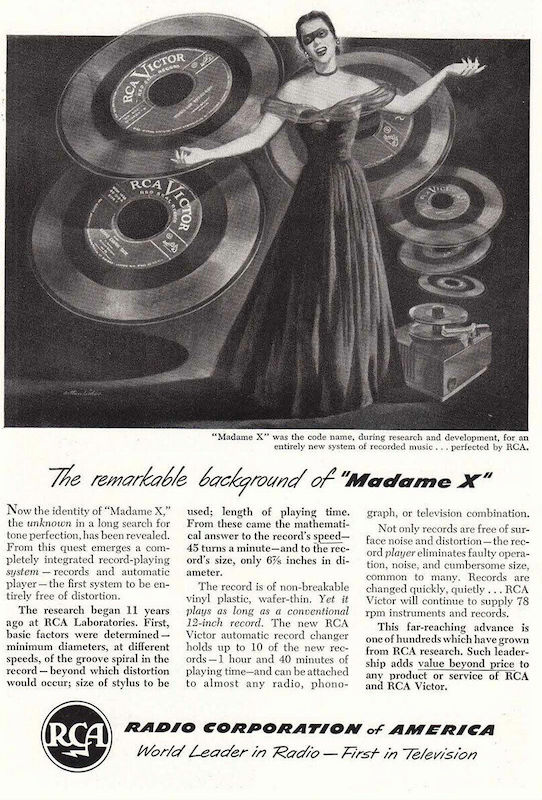
RCA Victor “Madame X” Ad
source: HAGLEY DIGITAL ARCHIVES

